For many kitchen professionals, a cutting board is more than a simple toolit's a cornerstone of every culinary creation. However, neglecting its maintenance isn't just a risky move; it can lead to shocking health consequences and even damage a chef's reputation. So, why do experts emphasize washing, rinsing, and sanitizing cutting boards so meticulously? Here's the exclusive kitchen truth: it's all about preventing contamination and preserving food safety.
Lets dig deeper into this tremendous practice and understand precisely what is the primary reason for washing, rinsing, and sanitizing a cutting board. This life-saving habit is vital in maintaining hygienic cooking environmentsand adopting this approach can be a game-changer for your kitchen!
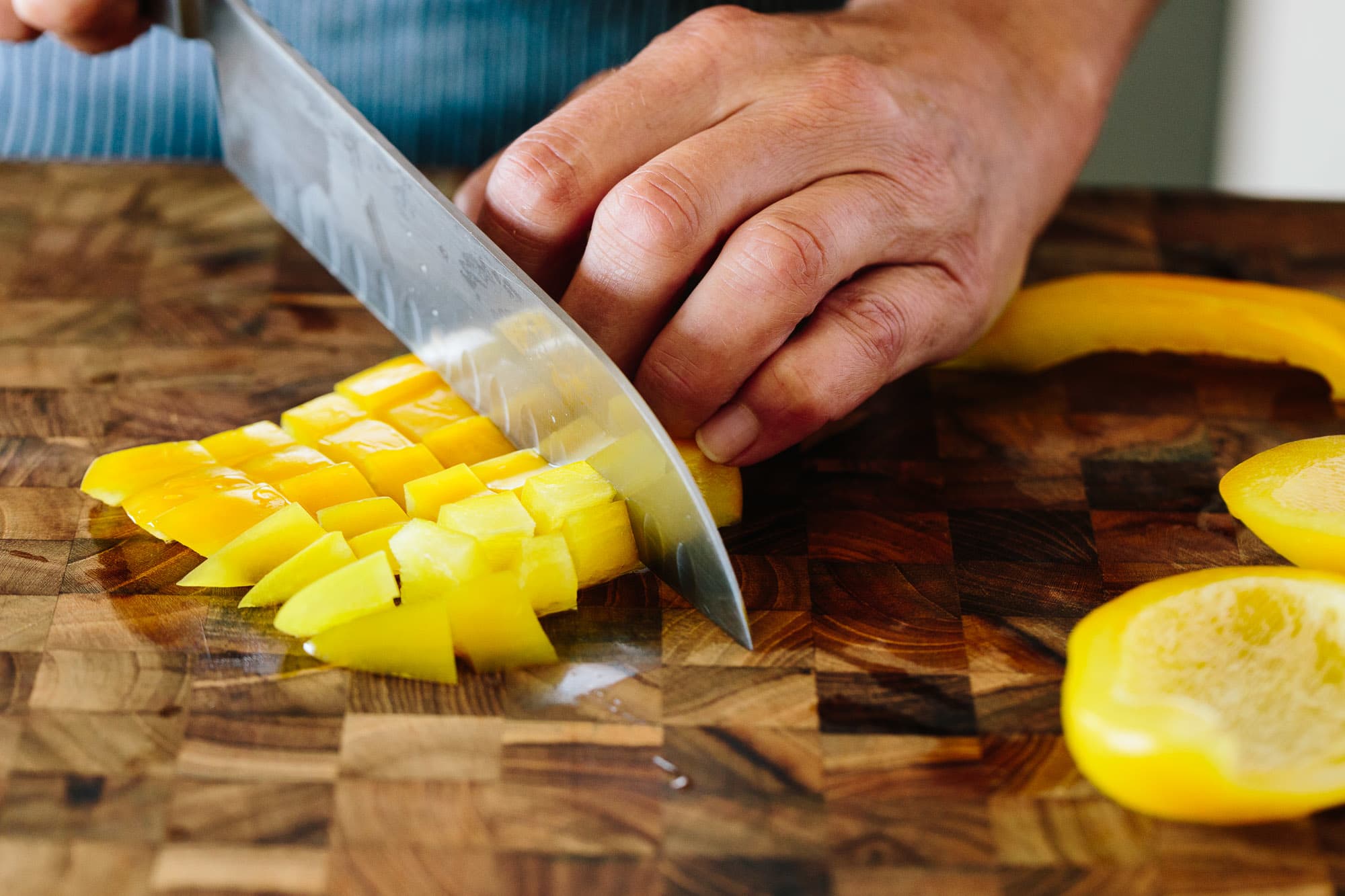
Food Safety: A Tremendous Priority for Kitchen Professionals
The primary reason for washing, rinsing, and sanitizing a cutting board lies in one word: hygiene. Cutting boards are breeding grounds for bacteria due to repeated exposure to raw meat, poultry, vegetables, and other ingredients. If not maintained properly, they can harbor pathogens like E. coli, salmonella, and listeria, leading to foodborne illnesses.
According to the FDA, regular washing and rinsing of your board removes physical debris, while sanitizing eliminates invisible germs. Failing to follow this three-step routine can be potentially hazardous.
Shocking Risks of Ignoring Cutting Board Hygiene
Neglecting this habit goes beyond health risks. It can impact the taste of your dishes, reduce the lifespan of your board, and create cross-contamination risks. This is especially alarming in professional kitchens where liability for outbreaks and poor reviews can arise from such oversights!
How to Properly Wash, Rinse, and Sanitize Cutting Boards
While knowing why is important, mastering the process is equally crucial. Heres the step-by-step break for your delighted kitchen routine:
1. Wash
Use hot soapy water to scrub the surface of your cutting board thoroughly. Wooden boards might require a softer touch to preserve their integrity. Want some extra detail on maintaining wooden boards? Check out this excellent guide on cleaning wood cutting boards.
2. Rinse
Rinse your board with warm water to eliminate any soapy residues. This isn't just for cleanliness but also ensures that the sanitizing solution adheres correctly during the next step.
3. Sanitize
Use a food-safe sanitizer to eliminate lingering microbes. Did you know DIY solutions with vinegar or bleach might work wonders? For further insights, explore this link on acceptable sanitizers for cutting boards.
Cutting Board Types and Their Maintenance Requirements
Not all cutting boards have the same upkeep. Here's a breakdown of different materials and their specific care:
Wooden Cutting Boards
Wood requires careful attention. Avoid immersing it in water and apply mineral oil regularly to keep it from cracking. Learn how to darken your wooden board for a fresh and polished look.
Plastic Cutting Boards
Easier to sanitize but prone to knife marks. If repairs are needed, here's how to remove scratches.
Approved Tools and Technology for Sanitizing
Want to take cleaning a step higher? Advanced technology like UV light sanitizers and dishwasher-safe antimicrobial boards have made kitchen hygiene life-changing! Add these tools to your workstation for tremendous results.
Frequently Asked Questions (FAQs)
Why is rinsing important after washing?
Rinsing removes soap residues, ensuring that the sanitizing solution works more effectively during the last step.
Do wooden boards require a different sanitizer than plastic ones?
Yes, wooden boards might benefit from milder, natural sanitizers like a vinegar solution to avoid structural damage.
How often should a cutting board be sanitized in professional kitchens?
Boards should be washed, rinsed, and sanitized after every use, especially between handling different ingredients.
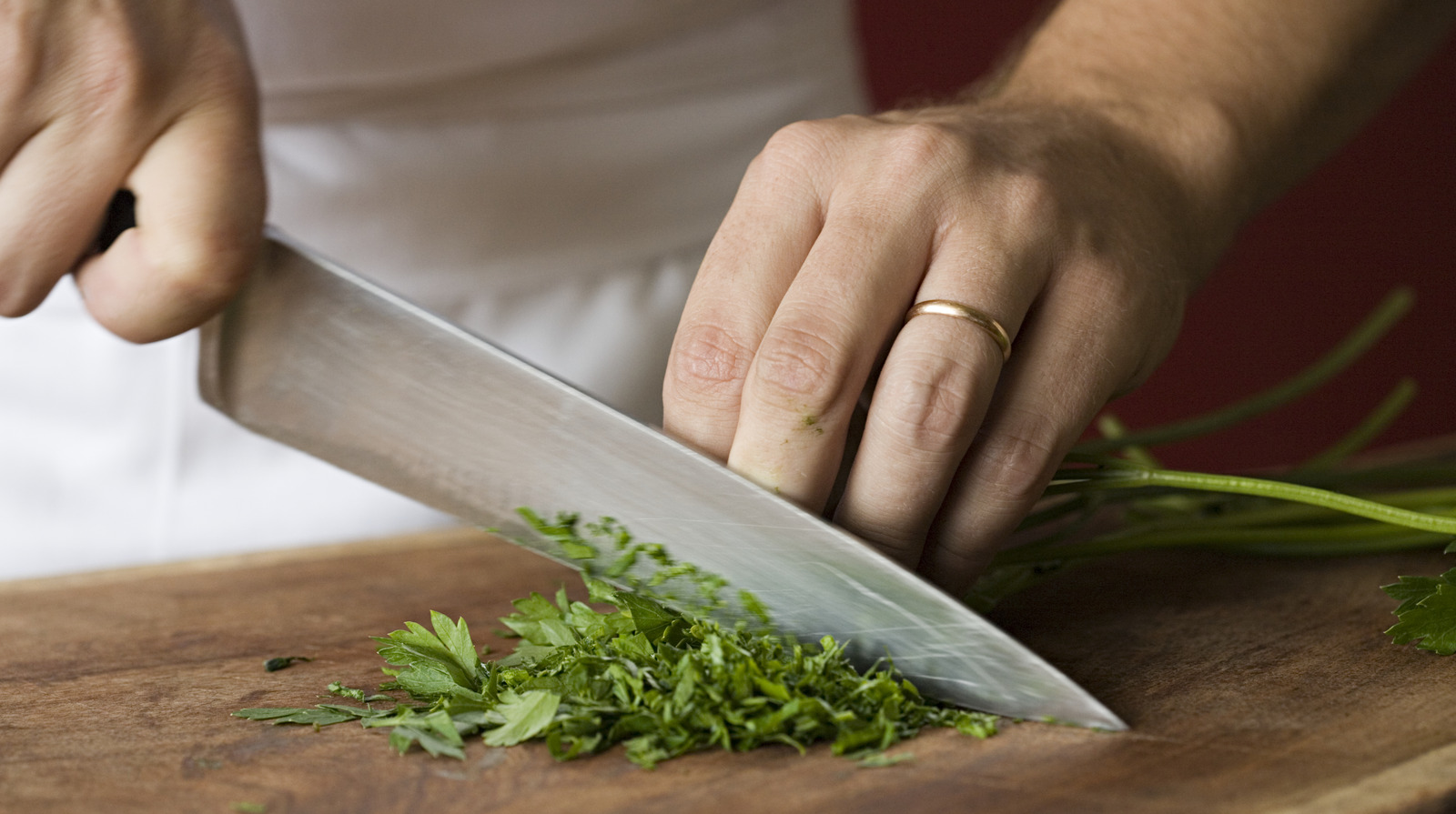
Final Thoughts
Understanding what is the primary reason for washing, rinsing, and sanitizing a cutting board boils down to protecting health and culinary excellence. Neglect the habit, and it may come back to haunt you. Professional chefsare you ready to embrace this life-changing habit for a safer and more hygienic kitchen?
This article contains affiliate links. We may earn a commission at no extra cost to you.

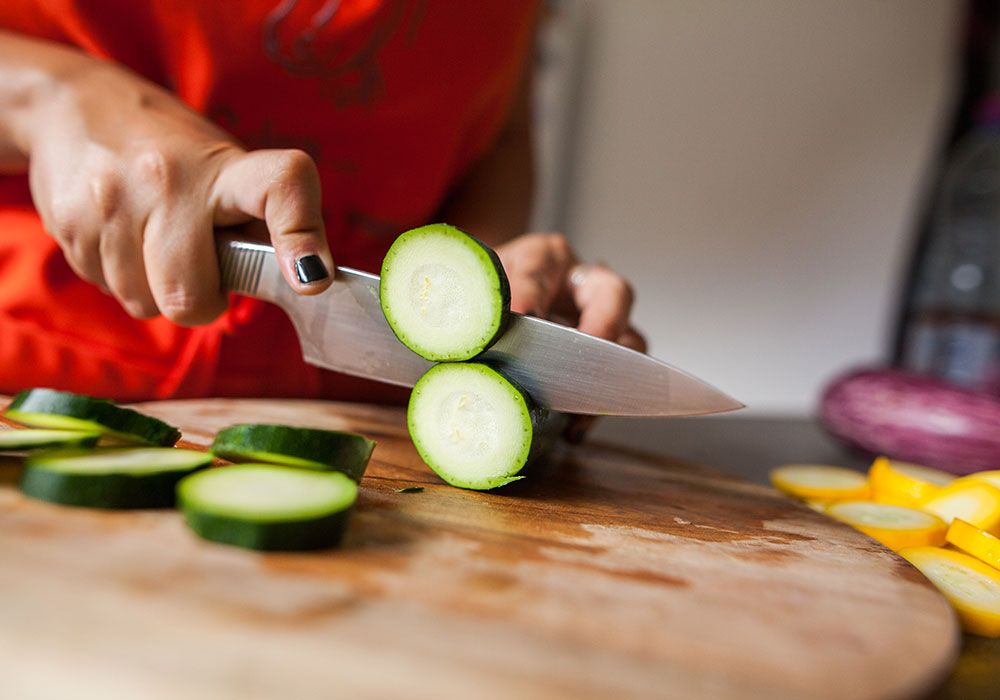


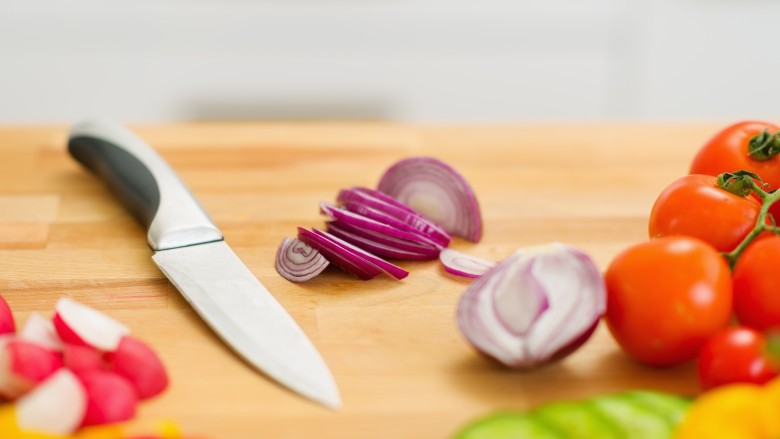
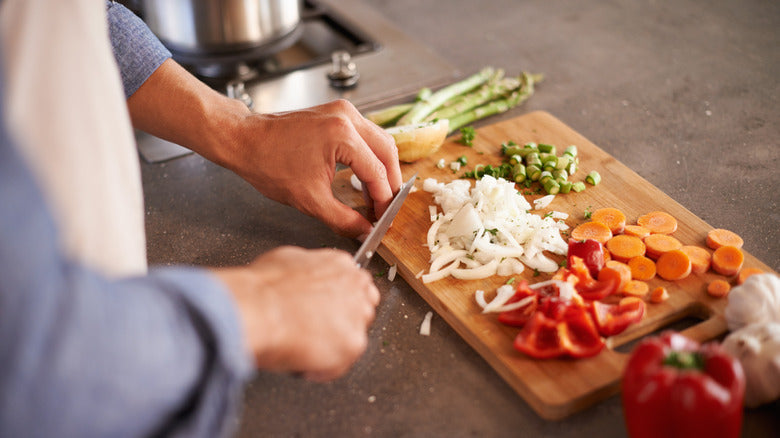
Leave a comment
This site is protected by hCaptcha and the hCaptcha Privacy Policy and Terms of Service apply.